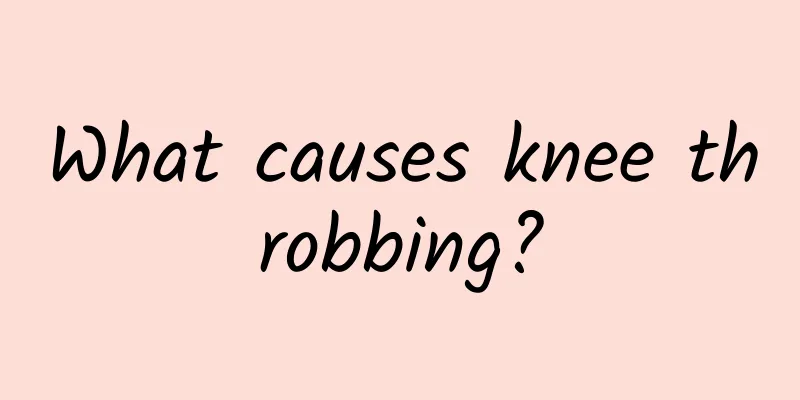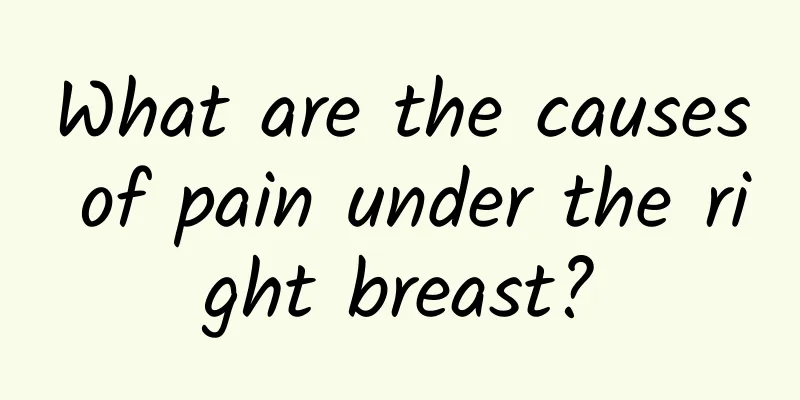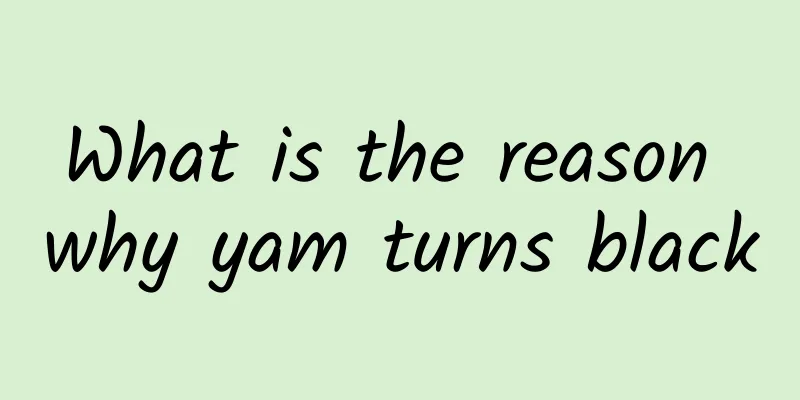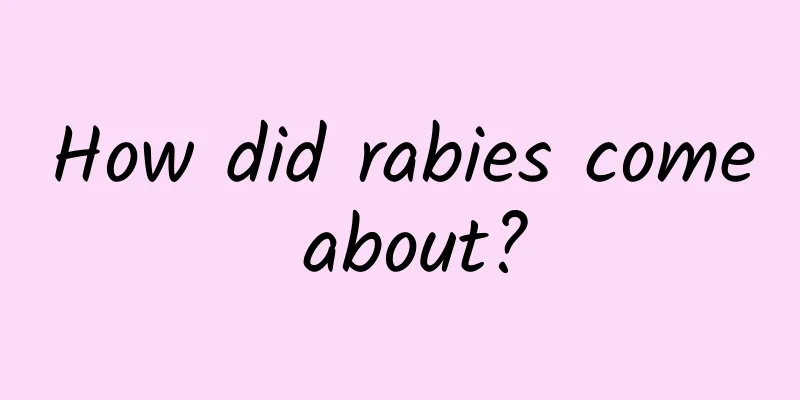What is the treatment for cerebral infarction?

|
As the number of people suffering from cerebral infarction increases year by year, many people become frightened and panic at the mention of the word "cerebral infarction", fearing that they or their family members will also suffer from the disease. But none of us can be sure that we or our families will always be free from this disease. Cerebral infarction is a relatively dangerous disease that can cause cerebral hemorrhage. Cerebral infarction is a disease suffered by many middle-aged and elderly people. It is this disease that increases the mortality rate among middle-aged and elderly people. What can we do to learn more about cerebral infarction? 1. Concept Cerebral infarction refers to ischemic necrosis or cerebral softening of localized brain tissue caused by cerebral blood supply obstruction, ischemia, and hypoxia. Common clinical types of cerebral infarction include cerebral thrombosis, lacunar infarction, and cerebral embolism. Cerebral infarction accounts for 80% of all strokes. 2. Causes It is often related to factors such as high blood lipids, high blood sugar and high blood pressure. Symptoms In mild cases, there may be no symptoms at all, which is called asymptomatic cerebral infarction; it may also manifest as repeated episodes of limb paralysis or dizziness, which is called transient ischemic attack; in severe cases, there may not only be limb paralysis, but even acute coma and death. If the lesion affects the cerebral cortex, it may manifest as epileptic seizures in the acute stage of cerebrovascular disease, with the highest incidence within 1 day after the onset of the disease. Cerebrovascular disease with epilepsy as the first onset is rare. IV. Hazards If not treated in time, it will leave different degrees of sequelae of cerebral infarction, such as hemiplegia, language disorders, memory loss, dementia, etc. 5. Diagnosis 1. CT examination: Early CT examination is helpful for differential diagnosis and can rule out cerebral hemorrhage. When cerebral infarction occurs within 24 hours, or the infarct focus is less than 8 mm, or the lesion is in the brainstem and cerebellum, brain CT examination often cannot provide a correct diagnosis. 2. MRI examination: MRI is extremely sensitive in detecting cerebral infarction and is better than CT in detecting cerebral ischemic damage. It can detect earlier cerebral ischemic damage, which can be seen within 1 hour of ischemia. Large infarctions can almost always be visualized by MRI within 6 hours of onset. 3. Routine examinations: routine examinations of blood, urine, stool, liver function, kidney function, coagulation function, blood sugar, blood lipids, electrocardiogram, etc., and dynamic blood pressure monitoring can be performed if conditions permit. 4. Special examinations: transcranial Doppler ultrasound (TCD), carotid artery color B-ultrasound, magnetic resonance imaging, angiography (MRA), digital subtraction angiography (DSA), and carotid angiography can determine whether there is stenosis or occlusion of the intracranial and extracranial arteries. 6. Treatment Thrombolytic therapy 1) Ultra-early thrombolytic therapy. It may restore blood perfusion in the infarcted area and alleviate neuronal damage. There are drug thrombolysis, arterial thrombolysis therapy, etc. 2 ) Brain protection therapy. Taking medication before the initiation of the ischemic cascade can reduce ischemic brain damage by lowering brain metabolism, intervening in the cytotoxic mechanism induced by ischemia. 3) Anticoagulant therapy. It can be used in a short term to prevent thrombus expansion, progressive stroke, and re-occlusion after thrombolytic therapy. Coagulation time and prothrombin time should be monitored during treatment and possible bleeding complications should be managed. 4) Fibrinolytic therapy. It inhibits thrombosis by degrading freeze-dried human fibrinogen in the blood and enhancing the activity of the fibrinolytic system. |
<<: Sequelae of lacunar infarction
>>: What to do if you feel dizzy after a stroke
Recommend
Lung Cleansing Tea Recipe
Drinking tea is a habit that many people have in ...
What is herpes simplex? How to treat herpes simplex
Among the various types of herpes, herpes simplex...
CT pulmonary angiography
Angiography is a medical detection method widely ...
What are the benefits of ginseng mask
Nowadays, ginseng has been appointed as the leade...
The efficacy and function of traditional Chinese medicine Dalbergia odorifera
In life, the Chinese medicine Jiangxiang is a com...
Is pancreatic cyst surgery risky?
The pancreas is a relatively small organ in our b...
Bladder pain after emptying urine after holding urine for a long time
Holding urine is very harmful to the bladder. Whe...
How effective is Qingwei Huanglian Pill in treating bad breath?
Qingwei Huanglian Pills are a relatively common C...
The dangers of vaccination for mild colds
When children get vaccinated, they must be aware ...
Toxic encephalopathy can be treated with three methods
Encephalopathy is a relatively serious disease. G...
Is the traditional Chinese medicine slimming tea useful?
When it comes to the topic of weight loss, everyo...
What to do if stomach acid burns your throat? Chinese medicine teaches you some tips to relieve it
Gastric acid is an important substance in our sto...
Child has unexplained ankle pain
Childhood is the most naughty period. Children ar...
What is the pulse deficiency?
In fact, weak pulse still occurs in many of our f...
What to do if your heart rate is slow
No one can avoid getting sick if they eat whole g...









